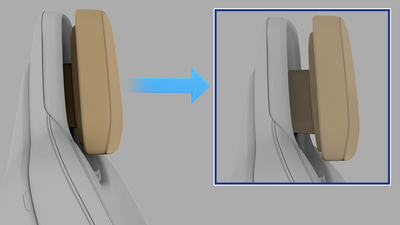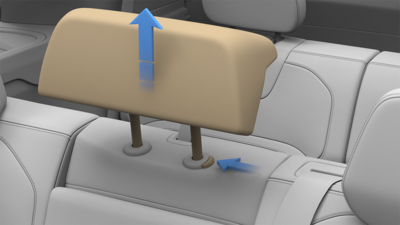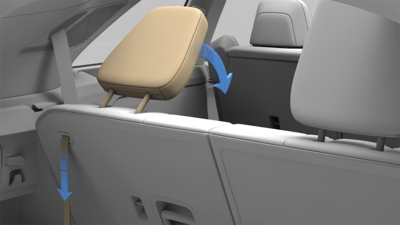Correct Head Restraint Position
Your vehicle is equipped with a head restraint for each seating position
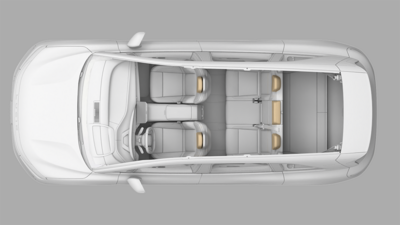
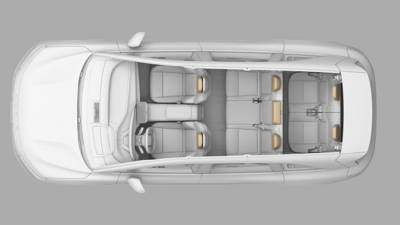
In addition to seat belts, head restraints are an important safety feature that, when used properly, can reduce the risk of personal injury (such as whiplash) in a collision. If the head restraints are not correctly adjusted, the risk of injury increases.
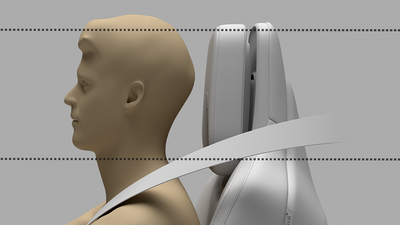
- Adjust the head restraint so the height of the
restraint is at the top of the occupant's head. Doing so will place the thickest portion
of the restraint behind the person's head at ear level.Note: First row, second-row outboard, and third-row head restraints are not vertically adjustable.
- Adjust the head restraint so the distance of the restraint is as close as possible to the back of the head.
